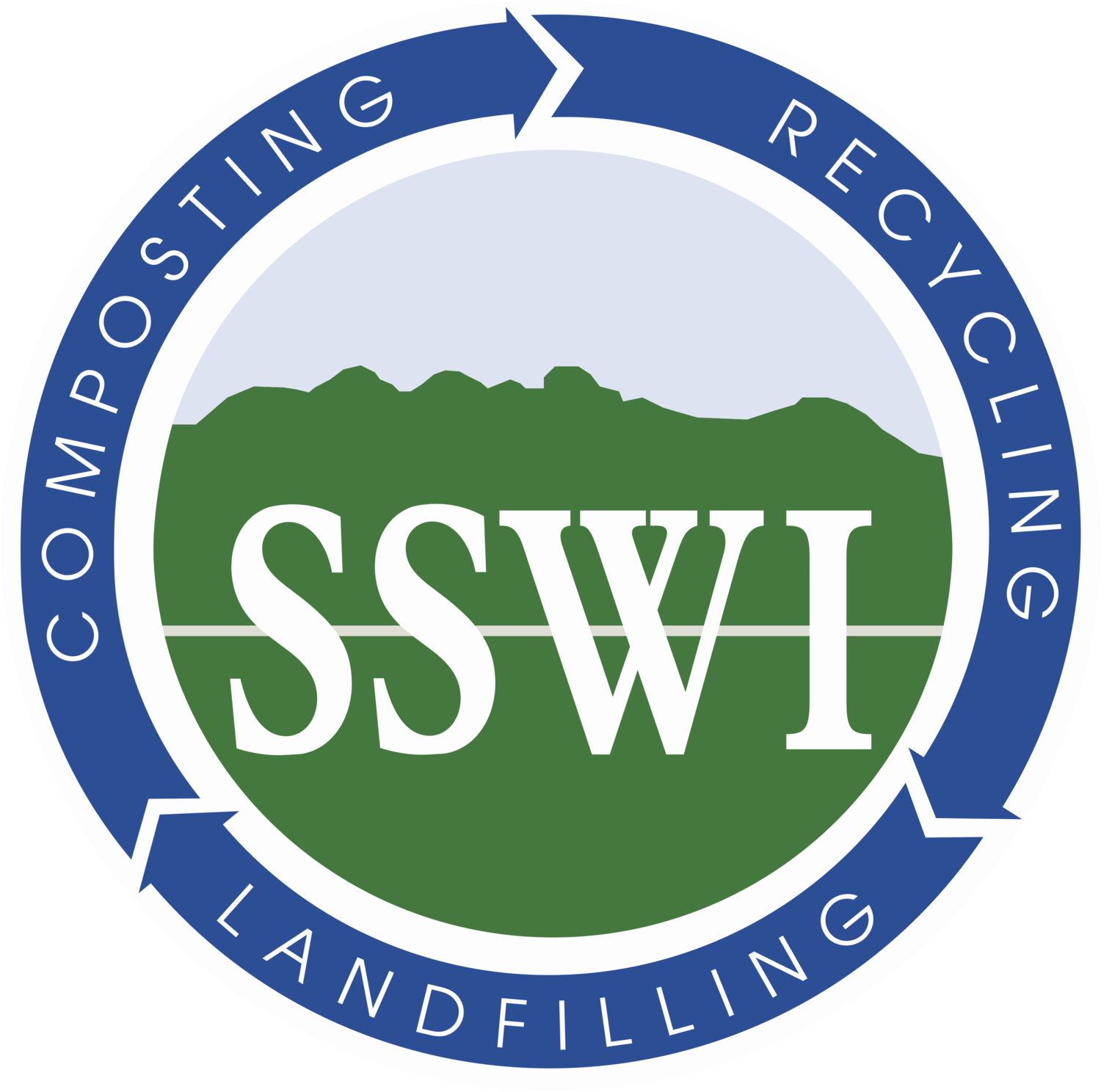For Earth Month, SSWI is starting a series called “Good News!” where we will share some positive environmental success stories from around the globe.
This week we are focusing on wildlife and plant conservation success stories.
What is conservation and why is it important?
Conservation is the act of protecting Earth’s natural resources for current and future generations. Wildlife and plant conservation involves the protection of endangered or threatened animal and plant species. Often we are protecting these species from human behavior, such as habitat destruction, over fishing, or over hunting. Species on the brink of extinction have been brought back to healthy population levels through conservation efforts.
Without conservation we would lose many species to the unsustainable actions of humans. A loss of species means a loss of biodiversity and an imbalanced ecosystem. We are not alone on this Earth. It is important that we take care of the land that supports us, and conservation is one way we can do that!
success stories
One of the most classic conservation success stories is the bald eagle. In the 1960’s and 70’s bald eagles became endangered in the U.S. due to the effects of a pesticide called DDT. Once DDT was banned and the eagles were protected, their population started to grow again. In 2007 this species was delisted (removed from the endangered species list).
In Tennessee the purple coneflower was listed as an endangered species in 1979. In 2011 the U.S. Fish and Wildlife service was able to take the flower of the endangered species list. This was accomplished through the establishment of Designated State Natural Ares and the protection of the flower’s habitat.
Humpback whale populations were threatened by commercial whaling and almost driven to extinction about 60 years ago. The practice of commercial whaling was banned in 1985 and since then we have seen the population grow. 10 of the 14 distinct population segments have been delisted.
How can you help?
In order to conserve plant and animal species we need to protect their habitat. That means it’s very important to be mindful when we’re visiting parks and natural spaces. When you’re hiking in the forest or walking along the beach and you see a sign that asks you to stay out of the natural area, you should listen! Those signs are there to keep natural habitats safe.
You can also bring a bit of the wild habitat to your own home by planting a pollinator garden or adding more native plants to your yard!

